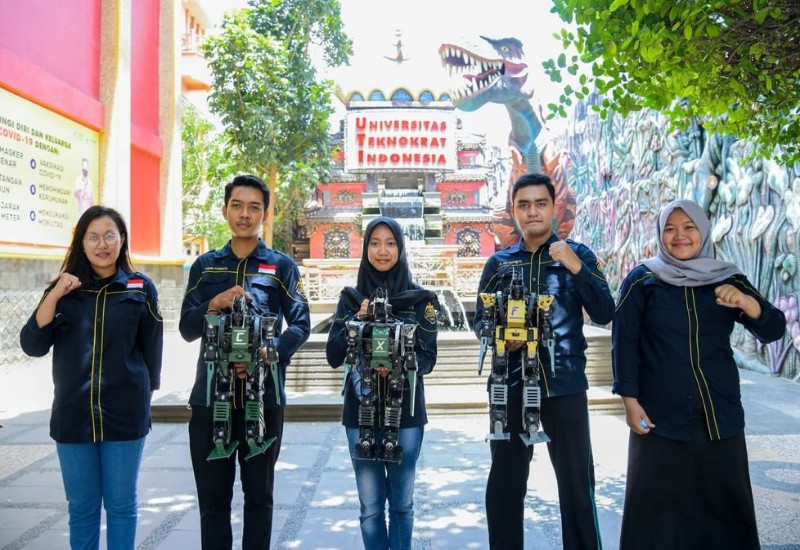Broadband Internet access is becoming more and more accessible in this modern world.
Connecting costs can be reduced, but more devices have Wi-Fi ready capabilities. In the Internet of Things there are many terms that we don't know but in this article I am giving an overview of it.
What is the Internet of Things?
Simply, IoT refers to many physical devices found around the world that are now connected to the .
These devices now have the ability to collect and share data with each other via cheap processors embedded in their makeup that can be easily connected to current wireless networks. The level of digital intelligence adds to modern devices, which are usually dumb.
How Does IoT Work?
Any physical IoT device can be converted to a built in sensor for connecting to the Internet. With these sensors, the device can be easily changed and controlled. Back in the day, pre-internet, dumb phones were only used for calling, period.
The arrival of the IoT has spawned smart phones, an important part of human existence. These days you go everywhere, people get upset with their mobile smart phones.
In fact, the term IoT is a tag used primarily for devices that do not expect an .
PCs, tablets and smart phones do not fall under this umbrella term because they are the first devices with Wi-Fi connectivity. However, a smartwatch or Fitbit that can connect to the Internet is now an IoT device. Other examples include the incongruous light bulb and smart thermostat, both of which can now be controlled with your smart phone.
The importance and importance of IoT cannot be underestimated if we work on large scale projects that impact smart cities that help us manage waste and improve energy efficiency, from small appliances that make our lives easier at home.
IoT Architecture
IoT technology consists of four main components that make up this IoT architecture; And these are sensors, devices, gateways and clouds.
They work together to give birth to IoT. The process consists of four simple steps, which “speak” to the devices and connect with each other. These steps are:
Step 1: Sensor
Sensors collect data from an object and convert it into useful data. Actuators have the ability to intervene and change the physical conditions used to date production. This sensing and activated phase covers everything about the object and the environment.
Step 2: Device
This second step refers to systems that are close to sensors and actuators. These sensors and actuators provide data in a data aggregation device that digitizes that data. The relevant gateway server or device now processes and aggregates this digital data, which is then sent to the IT sector.
Step 3: Gateway
Digitized and aggregated data may require further processing before entering the data center. Edge IT systems come into the picture and act as a gateway for further data analysis. These processing systems can be located in remote locations or other edge settings.
Typically, these edge systems sit in facilities close to the sensor's processor, like a wiring cupboard.
Step 4: Cloud
After further data analysis, the data is eventually sent to a physical data center or cloud-based system, where more powerful information technology systems can continue to analyze, manage, and securely store data.
At this stage, deeper insights can be created by combining sensor data with other sources. At this stage, processing on-site in a cloud or hybrid cloud system.
5 benefits of IoT
IoT has many benefits that affect everyday life and different work industries.
It has changed so many areas, it is so easy to work with and individually. Technology combines multiple devices that allow collaboration and provide compelling benefits for all types of businesses. Here are five Internet of Things benefits:
Provides efficient processing
IoT allows for more efficient processing while being able to track the data source, and with this comes the useful insights provided in real time.
With access to this data, you can make better business decisions. Supervise supply chain management and business functions. As a result, energy costs can be reduced and human mistakes made.
Increases productivity
IoT technology increases efficiency, which in turn increases productivity.
With the help of smart gadgets, people are able to do their jobs better. The second is important in any business because good productivity means good profits. Increasing productivity is an important task of every business organization.
Provides connected computing
Technology will pave the way for all IoT devices to be interconnected.
Whether it's phones, TVs, vehicles, or other work machines, these connected devices make it easy to track any product from a remote location.
Provides cost benefit
Since IoT can easily overcome inefficiencies at various stages of operation and supply management, terbaik sumatera these can be easily solved and dipped in the bud.
On top of that, security measures can be taken to mitigate these issues. They save companies.
Track operations and property

Another advantage of IoT is its ability to monitor and monitor operations and assets. This includes machinery, equipment and equipment.
In addition, IoT can significantly improve the visibility of assets and supply chains, giving you the opportunity to identify issues for problem solving and preventive management.
